New Drivetrains Revealed at the Tokyo Motor Show
 Thursday, December 15, 2011 at 4:07PM
Thursday, December 15, 2011 at 4:07PM 
To say that many (including me) were surprised with Honda's announcements at the 2011 Tokyo Motor Show would be an understatement. They announced a number of new technologies, but I'll focus most on the things are are likely to find their way into Acura product in the coming years.
Sport Hybrid SH-AWD
This all-new system should start phasing into the Acura lineup with the all-new RL. In 2005, the then new RL introduced our current super handling all-wheel drive system. It was revolutionary in the way that it distributed torque from front to rear and then, from left to right across the rear axle. This allowed the Acura RL to have outstanding handling without compromising the ride quality. As with every all-wheel drive system, there are certain compromises. For example, there is added weight and additional drivetrain losses due to friction and inertia which take a toll on fuel economy.
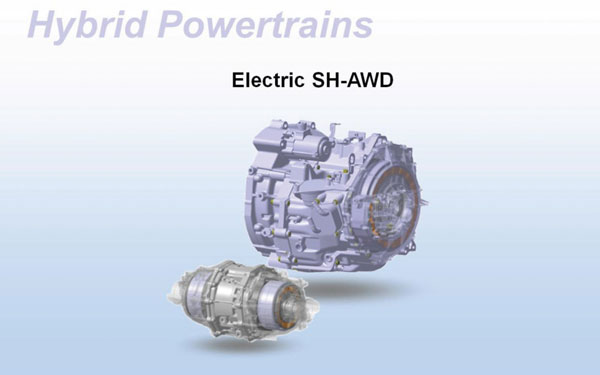
The new system introduced at Tokyo uses two independent 20 kW electric motors to drive the rear wheels, and an all-new Seven Speed Dual Clutch Transmission (DCT) with a built in 30 kW electric motor for the front wheels. This gives the drivetrain 70 kW or about 94 hp of electrical energy plus whatever horsepower the gasoline engine is producing. Naturally, this will require the addition of a battery pack but given Honda's recent move towards lithium-ion battery technology, it should be possible to "manage" the weight gain. Also remember you'll be trading the weight of the driveshaft and three mechanical differentials that are currently used in our SH-AWD applications, for the compact electric motors and battery pack.
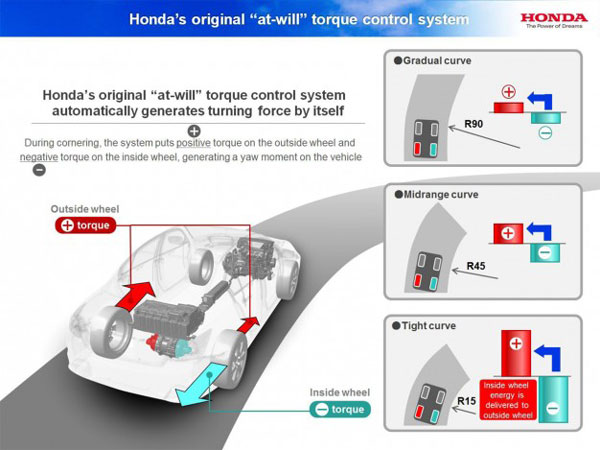
From what we can see so far, this new system should allow for outstanding performance because unlike the current SH-AWD system, it can perform it "magic" under braking and during acceleration. The current system is limited to acceleration only. As you approach a corner, the electric motors are "harvesting" energy to recharge the batteries. As you drive through the corner, the inside rear wheel (which is turning slower) continues to harvest energy to supply power for the outside rear wheel. As you come off the corner all of the motors supply power to the wheels. Unlike Honda's current IMA technology, this system can provide a limited amount of all electric driving with the gas motor fully de-coupled from the wheels.
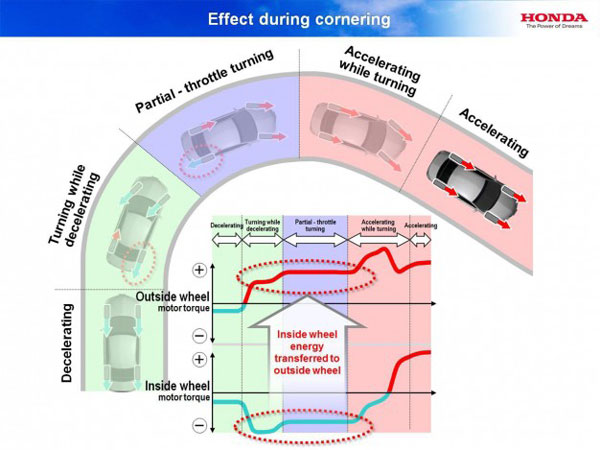
Continuously Variable Transmissions
Back in 2010, Acura began phasing in an all new six speed automatic transmission, replacing the 10-year-old five speed automatic. In addition to the obvious fuel economy benefits, this new transmission also provided smoother operation for customers. However, Hondas and Acuras with a four-cylinder engines were still using a five speed automatic transmission. It looks as if a new generation of Continuously Variable Transmissions (CVT) are about to find their way into the lineup.
Thus far, these types of transmissions which use belts instead of gears, have been limited in application and derided by most enthusiasts. It seems that the "knock" on these transmissions are that they have a "rubber band" feel to them. Since there are no gears to change, when you mash the throttle, the transmission needs to change the gear ratio and this causes a delay. Honda engineers claim that this new generation of CVT's don't exhibit this characteristic but we'll have to wait till they're available to judge for ourselves.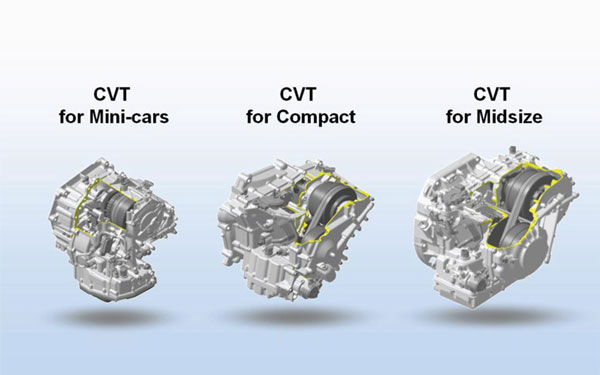
New Powertrains
Although hybrids and electric vehicles are technologies of the future, Honda has always maintained that gasoline engines will remain at the core of personal transportation for many years. So it's not surprising to see them continuing development on a new family of engines. They have dubbed this "Earth Dreams Technology" and these will include engines of various sizes from 660 cc four-cylinder, all the way up to 3.5 liter V-6 motors. Common characteristics of this new family include Direct Injection, VTEC, VTC and some models will feature an efficient Atkinson Cycle four-cylinder. Some engines, such as the Atkinson Cycle engine will be paired with the a two motor hybrid system, while others will be standalone gas engines for use in non-hybrid applications.
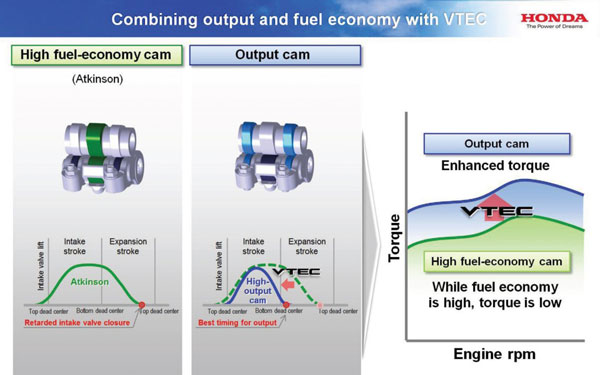
With a new family of gasoline engines, a new hybrid system, plug-in hybrids and new transmissions in the works, Honda should be able to satisfy enthusiasts while being easy on the environment.
 Hybrid,
Hybrid,  RL in
RL in  Concepts,
Concepts,  Power of Dreams
Power of Dreams 
Reader Comments